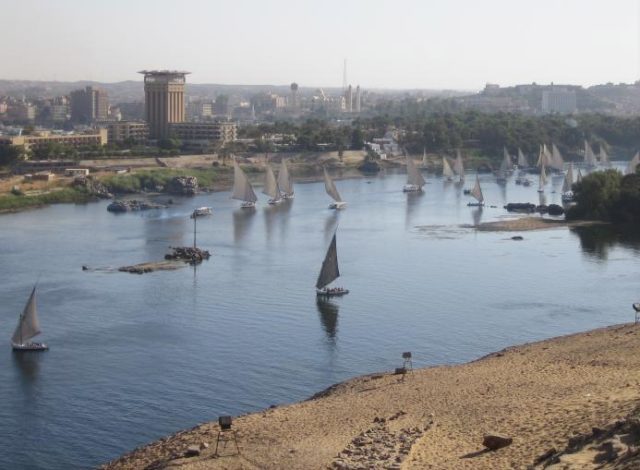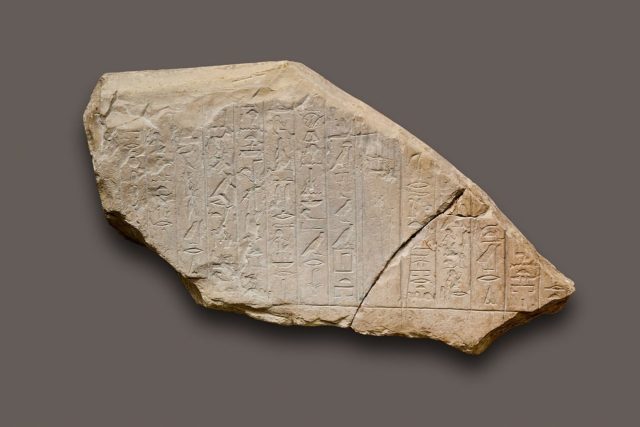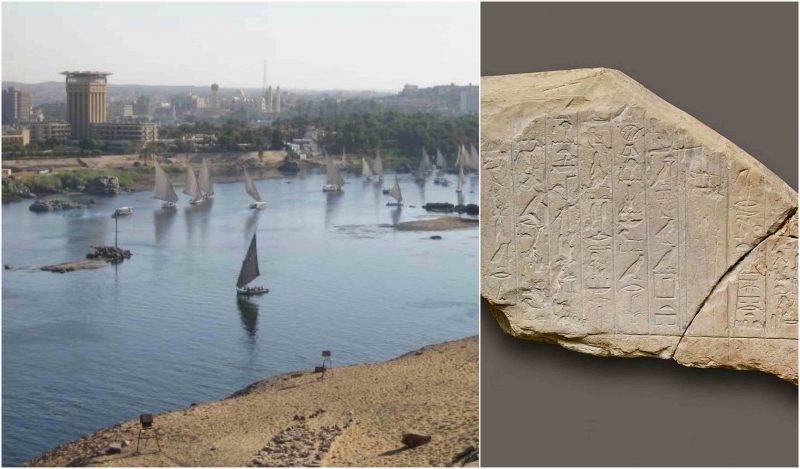Ancient Egypt is one of the cradles of civilization and an endless well full of archaeological discoveries and mysteries.
The first archaeological excavations in Egypt began in the 18th century and never stopped since then. In 2016, scientists discovered an ancient city more than 7000 years old, and in March 2017 a group of archaeologists found an unopened tomb in the city of Aswan.
A team of Spanish archaeologists of the Archaeological Mission from Jaen University made an astonishing discovery of an intact burial chamber in the necropolis of Qubbet el-Hawa, West Aswan, Egypt.

The Archaeological Mission is working on West Aswan since 2008, and over the years the team discovered several intact burials of different periods, including a burial of a lady called Sattjeni from the 12th Dynasty. The intact burial chamber that has been their latest discovery is believed to be 4,000 years old.
The burial that was discovered recently belongs to Shemai, the younger brother of Sarenput II, also called Nubkaurenakht and son of Khema, a governor of Elephantine during the reign of Amenemhat II and of his wife Satethotep.
New discovery: Intact #tomb uncovered in #Aswan https://t.co/dVXV5jMvKg via @ahramonline #Egypt #archaeology pic.twitter.com/9e2WTaFmKq
— Lisa Brouwers (@LJBrouwers) March 29, 2017
According to Luxor Times Magazine, “Sarenput II, the eldest brother of Shemai, was one of the most powerful governors of Egypt under the reigns of Senwosret II and Senwosret III.”
Sarenput II, who was a grandson of Sarenput I, was nomarch of the 1st nomos of Upper Egypt, high priest, overseer of the priests of Satet and Khnum, and “leader of the border patrols at the narrow door of the southern lands.”
Dr. Mahmoud Afifi, Head of Ancient Egyptian Department told Ahram Online that the burial is a very important discovery because of the richness of the burial and what is more important it sheds light on those individuals who were shadowed by others in power.
#Sarenput II and his son in his tomb in western #Aswan , reign of Senuseret II pic.twitter.com/mBKQ1cvcLm
— Aswan (@tutankhamun3000) April 24, 2017
Alejandro Jiménez-Serrano, head of the Spanish mission from the University of Jaen, told Ahram Online that a mummy was also discovered but they need to examine it. It is covered with a polychrome cartonnage with a beautiful mask and collars.
The east side of the Shemai’s coffin has a large painting of the Eye of Horus, whose position corresponds to the position of his head, so the mummy of the deceased would look at the rising sun. The coffin itself is made of two parts, an inner and outer parts, both made with cedar wood. The burial chamber is full of pottery, wooden crafts, and other funeral goods. Within the tomb, a mummy was found inside a colorful container, covered with excellently preserved mask and collars.

The studies of the mummy are not finished, but it is certain that it’s more than 3800 years old. Besides Shemai’s name, the tomb has inscriptions with the names of his parents as well. The archaeologists presume there is another shaft inside the tomb’s main chamber which is yet to be examined.Inscriptions on the coffin name the deceased, his father Khema, and Khema’s wife Satethotep.
The tomb and the mummy that were discovered in the necropolis of Qubbet el-Hawa, West Aswan, Egypt, are part of several important recent discoveries in Egyptian archaeology. Among these recent findings was a massive 26ft (8m) statue submerged in the ground water of a Cairo slum that probably depicts revered Pharaoh Ramses II, who ruled Egypt from 1279 to 1213 BCE.
